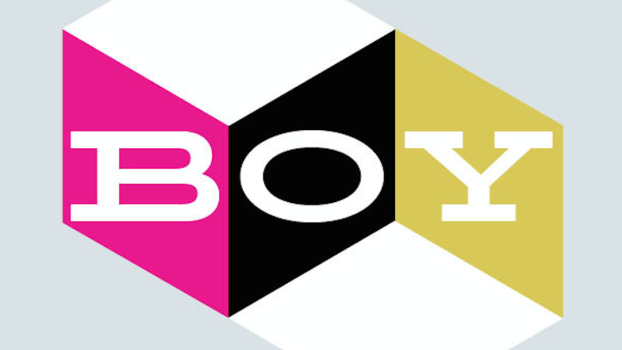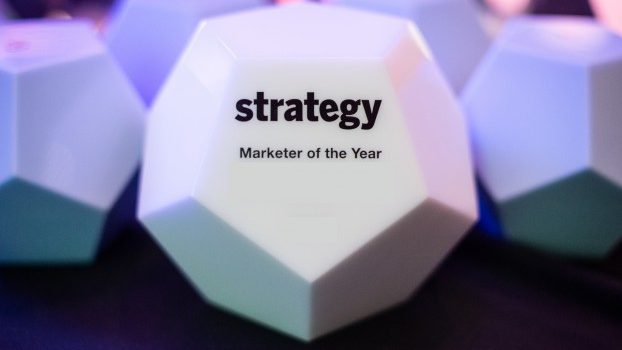
Written by Will Novosedlik
On Jan. 3, the image of a five-pack of boneless, skinless chicken breasts at Loblaws was launched into the Twitterverse, triggering 4.5 million views, 2759 retweets and 15.6k likes around the world.
The tweet’s world tour was fueled by the chicken’s price tag: $37.03 for just over three pounds of premium poultry. It very quickly generated news stories across Canada, the U.S. and the UK.
Mixed messaging
The image turned Galen Weston into the poster boy for price gouging and “greedflation.” His response shifted the blame away from the family business. “Costs are maddeningly out of our control,” he was quoted as saying. Despite various pressures, including that of “disease and demand” (Canada has had a bad case of the avian flu, affecting over seven million birds across the country), Loblaws posted stunning third-quarter results. Revenues were up by 8.3%, operating income by 14.8%, EBITDA 10.3% and net earnings by 29%.
With numbers like that, it’s no wonder Canadian consumers think that Loblaws is taking advantage of them. According to David Macdonald, senior economist at the Canadian Centre for Policy Alternatives, “The simple fact is that more of the money being spent in grocery stores is being converted into profits.” Which means shareholders win and consumers lose.
“Weston tried to defend its profits by suggesting that consumers are changing their preferences from products where there’s a lot of competition and therefore lower margins, to products where there’s less competition and higher margins,” explains Macdonald. “Apparently they’re buying less cucumbers and more lipstick. And so, the argument goes, it’s not that the grocery stores are gouging consumers, it’s that the consumers are switching to products that have higher margins.”
But even if people are spending more in the pharmacy (28% of sales at Loblaws), you can’t eat lipstick, toothpaste or shampoo. Most of their purchases are still going to be in the food aisles.
A deeper look
In December the Competition Bureau held an inquiry into the situation. One of the experts they invited was Dr. Sylvain Charlebois, senior director of the Agri-Food Analytics Lab at Dalhousie University. “Honestly, I was disappointed with how the committee prepared itself for questions. I thought that they were quite easy on grocers. And the scope of their investigation is not broad enough. They should be looking at the entire food industry ecosystem, from manufacturing to transportation to farming. But they’re adamant in looking mainly at retail. And I don’t think that’s where the problem is.”
Macdonald agrees that the Competition Bureau’s scope is far too narrowly focused on grocers. That is mostly due to the fact that all consumers see is the last link in the supply chain, so retail is an easy target for politicization. “Retailers definitely share the blame. But that’s not the entire story, nor is it even the most important part of the story in my mind. If we’re only looking at grocery stores, we’re not looking at food manufacturing, which sells their goods to grocery stores. We’re not looking at farmers who sell their goods to grocery stores, nor are we looking at, say, the oil and gas industry that’s providing diesel to run the tractors and truck the food from farm to the manufacturer.”
He points out that one reason more of the money is ending up in corporate pockets is that there is not enough competition in the supply chain. “Look at beef processing,” says Macdonald. “There are only two companies in Canada that slaughter the majority of the beef in the country. It’s a very similar situation with poultry and with bakery.”
We have the same lack of competition at retail. In fact, if one looks at most of our strategically critical industries in Canada, we’re an economy of oligopolies. Telecom, airlines, media, banking – they’re all the same. “I think that Canada has an uncomfortable relationship with competition. We say we hate monopolies, so politicians are all over it. But when Loblaws bought Provigo and Metro bought A+P, nobody blinked an eye. We need to make up our minds,” says Charlebois.
The numbers posted by the rest of the grocery retailers (Empire, Metro and Jim Pattison Group) were not quite as glowing as Weston’s, but still quite robust. No matter what is happening in the rest of the supply chain, a 29% jump in net earnings is pretty difficult to ignore if you are a grocery store worker struggling to makes ends meet. The Weston family alone has increased its wealth by four billion dollars since 2020. It’s hard for a worker not to view that as wage theft, or a consumer not to feel like they are being gouged.
Too late to save face?
So what should grocery marketers do about it? As Charlebois said in a recent Globe op-ed, “Consumers have become hyper-sensitive to any potential evidence suggesting abuse of market power, and grocers will need to navigate the coming months with extreme caution. Showing more public empathy would be a good start.”
PR veteran Rick Byun of RB Communicates advises that, “From a brand reputation and PR lens, it is confounding that these industry leaders can claim to be sympathetic to their customers, especially on the heels of scandals. They need to do more. There is such an opportunity for hero moves – well beyond the short-lived blink of a price freeze. We need to see some pricing practices that would earn more than e-flyers can on loyalty apps.”
Peter Rodriguez of Brand Igniter wonders if the grocers couldn’t have got out ahead of this mess by being transparent about the cost model, the balance sheet and the chokepoints in the supply chain well before the chicken hit the fan.
According to Charlebois, it would be useful if the food ecosystem were more transparent and the Competition Bureau less politically expedient. “The Competition Bureau is absolutely not doing its job,” asserts Charlebois. “We asked them to look into the bread price fixing scheme eight years ago. But we still don’t have a final report. It’s just pathetic. That’s why Canadians are angry. They just feel unprotected.”























